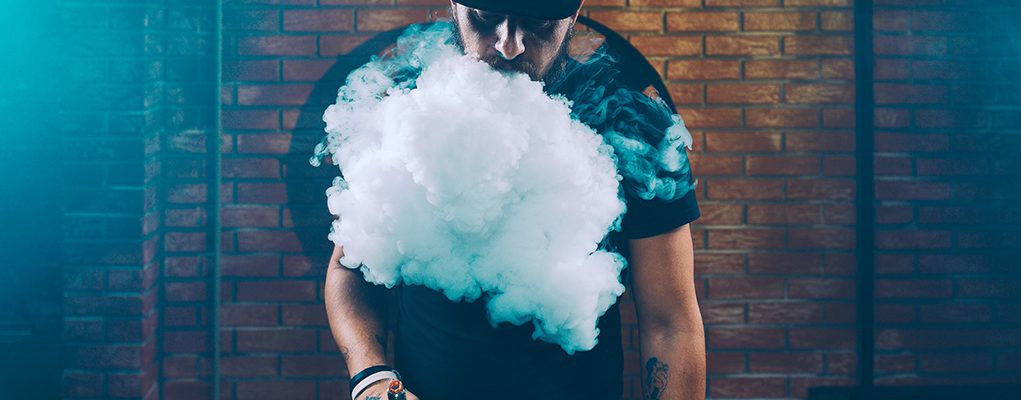When the issue was discussed at City Hall for the first time, council members had suggested restricting the sales of some flavoured products on site at specialized lounges. Meanwhile hookah sellers say the plan is still too restrictive for a number of reasons, amongst which forbidding people to buy hookah tobacco to smoke at home, when this is a central part of certain cultures.
Subsequently, last September, City Attorney Mike Feuer renewed his call for the City Council to implement a comprehensive flavour ban, which includes vaping products. Feuer’s Office put forward a new proposed bill, which however contains an exemption on flavoured Hookah as per the City Council majority request, yet the City Attorney is trying to have this exemption removed.
Do flavour bans work?
Similarly, in August 2020, SB 793 by Senator Jerry Hill, banned the sale of flavoured tobacco products, in San Francisco. In line with expert predictions before the ban had even gone into effect, data is showing that the measure has just led to teens reverting from vaping to smoking.
Besides facing significant opposition from the tobacco industry and retailers leading up to the final days of the 2019-20 Legislative Session, SF’s flavour ban had also been met with concern by public health experts who predicted that it would drive teens back to smoking regular cigarettes.
Similarly, the city’s chief economist, Ted Egan, whose office is charged with analyzing the economic impact of legislations in San Francisco, had confirmed that the ban would only lead to increased smoking rates. And sadly, data keep confirming this.
A recent study published in JAMA Pediatrics, found that following San Francisco’s flavour ban, teenagers in the city’s high schools were more likely to take up smoking than teenagers in US school districts where no flavour bans were imposed. While prior to the ban, smoking rates in San Francisco were similar to that of many cities across the country.








